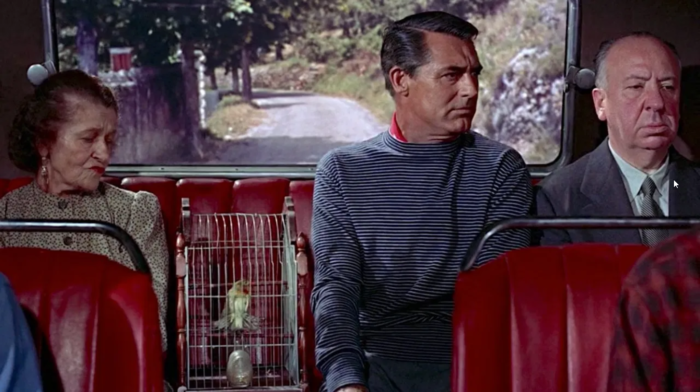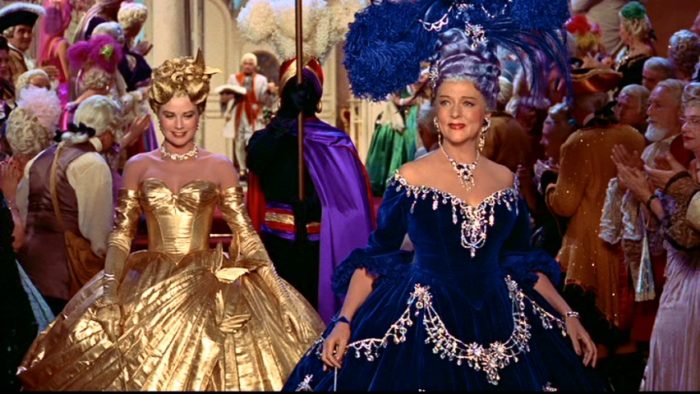We typically order takeout for our Friday Fun Family Fun Movie Night, but I wanted to make my own pizza dough because there are enough hours in the day when you’d rather not watch another episode of My Little Pony: Friendship is Magic.
After slogging through a handful of personal anecdotes about how the writer to truly love bread-cheese-tomotosauce I found a dough recipe that looked straightforward and I made my pie. Shredded my own cheese! Baked it on my pizza stone!
Unfortunately, the bottom burned, the organic mozzarella ball was a touch past its prime, and the sauce was from a can.
Of course I ate it
SHE and the Bairn had bulgogi dumplings cooked in the air fryer. They were exceptional.
Anyway, our plan was to watch Penguins of Madagascar on Netflix because our girl loves the Madagascar films and the Penguins. But Your Wonderful Comcast decided Friday night at 5pm was the perfect time to reboot the Internet. So we dug through our Blu-Ray collection and pulled out Disney’s Tangled.
Tangled is a Disney interpretation of the story of Rapunzel. You can read the Grimm Brother’s version of it here. The Grimm’s telling itself is an interpretation of a story that occurs so often in traditions throughout the world, academics have assigned it a type: Type 310.1 The movie follows tale closely, but with a notable difference.
In the film, a magical plant grows wild, and the witch, Gothel (musical theater person Donna Murphy) nurtures it, but is certainly not interested in sharing the magic with anyone else. She has used that magic to keep herself alive and youthful for hundreds, maybe thousands of years.
The pregnant Queen is dying; the King directs his people to search the countryside for this mythical curative flower. The King’s men pluck the flower and turn it into a single dose elixir that saves Queen and gives their daughter, the princess Rapunzel, played by Mandy Moore, golden hair that can also cure the sick and heal the wounded. When cut, the magic hair dies at the root.
There are two bits of the film that trouble me; the first is the above. In the folktales, the witch cultivates salad greens (which is where the name “Rapunzel” comes from) and other vegetables, infused with her magic. A desperate husband steals these greens to heal his ailing, pregnant wife. To pay for this crime, the witch demands the child. The husband complies; the life of his wife is more precious to him than that of the child. The story never again mentions Rapunzel’s parents.
Although Gothel hoarded the power for herself, she kept the flower alive, recognizing the need to conserve it’s power. The King used up all of that power to save only his wife. How “good” can we assume this King to be if his people don’t object to using this power to save only one woman, even just a little? If the royal family had chosen to use his wealth and power to cultivate the magic flower, how many more of their people could he have saved? Gothel is “evil” for taking the child; the King exploited natural resources for his family alone, dooming the ancient Gothel and any other woman dying in childbirth.
I believe that any reasonable person would be angry enough to want to be made whole.
But this is a Disney Princess film and it goes as expected. Mandy Moore is funny, the script is funny and suspenseful (at least there were moments when my girl was really “scared” for the characters). Zachary Levi’s2 Flynn Ryder, who has stolen Rapunzel’s Princess crown3 from the castle, helps her escape from the tower. They spend the rest of the picture trying to stay away from his ex-partners, the witch, and the King’s soldiers, Rapunzel wants to see the floating lanterns the people of the kingdom release each year on her birthday. Thanks to her brains, his buffoonish bravery, and a mugging horse, they do succeed. It’s only after that they get caught…
Rapunzel is hopeful. Even though she is captive in the Tower and captive to Gothel’s guilt anxiety, she spends here time (shown in song) joyfully improving herself. And when Eugene (Flynn’s real name) comes along, he doesn’t rescue her. He helps, but she makes the choice and the leap to get out of the tower. Repunzel’s in control of herself, pretty ruthless with an iron frying pan…
And she is very conflicted.
I thought this was incredibly authentic, especially for a Disney movie. She hadn’t been out of the tower for 16 years. Of course she’d be conflicted. This is a tremendous change for her. Thankfully, Flynn doesn’t try to make her stop, He lets her run it out. This is all very healthy.
Speaking of Gothel… yes, she’s made some terrible choices. But she is caring for this girl. She is parenting. She keeps Rapunzel confined, sure, but don’t we all? I can definitely see echos of their relationship in the mother/daughter relationships I know in real life. It’s certainly more realistic than other movie portrayed parent/child relationships.
But is Gothel “evil?” I’m not convinced. Angry, for sure. And scared.
The second bit I had a problem with was the resolution, especially considering Flynn’s openness to Rapunzel’s agency earlier in the movie. Ryder is mortally wounded by Gothel. Rapunzel is willing to stay with her if Gothel lets her save his life. Ryder, however, cuts off Rapunzel’s hair, killing her magic, and, ultimately, killing Gothel.
But are her powers gone?? Expectedly, Rapunzel’s tears heal Ryder and great joy is had by all.
Rapunzel made a reluctant choice to go with Gothel to save a person she loved. Flynn killed a part the root of her power (haha). He took away her agency. It worked out for him, of course. He lived. But Flynn he was more than willing to take her powers. That’s not a positive story. She didn’t ask to be rescued that time.
Anyway, my favorite scene:
In all, I’m going to rate Tangled 6 out of 8 frying pans. My Bairn really loves it.4 So, watch it with your kids, but like all Disney movies, but with context.
- I like to think of myself a writer, and my dream has always been (and will likely always be) to write a novel. I read a bit and had a solid ‘3’ on the AP English exam I sat in 1996. I was not aware that there is an academic classification for Folktales. But there is. Explicitly stealing from the past and covering it with “tradition” is going to make writing stories for my Bairn a shit ton easier. ↩
- Levi also, too, is a lot to deal with. He delivers lines like he’s in some Tracey/Hepburn film, riffing with some spunky girl reporter who he marries in the last reel. Loud and Fast, not unlike his character in The Marvelous Mrs. Maisel. Loud and Fast does not make something funny. It’s not a necessary ingredient in funny. Sherman-Palladino’s dialogue is not clever or smart; she tries to make up for that failing by having actors deliver it from a Gatling Gun. ↩
- Which the miserable King and Queen keep on a pedestal in the thrown room, awaiting their daughters return ↩
- She also likes the Disney+ TV version which, unlike other TV shows from movies, have all the voice actors from the movie reprise their roles. ↩



